If you start sneezing when you come into contact with a cat or a dog, you’re not alone. According to Angel Waldron, director of communications with the Asthma and Allergy Foundation of America, as many as three in 10 people in the United States have an allergic reaction to pets, with cat allergies being twice as common as dog allergies.
Whether the animal is long-haired or short, it doesn’t matter, says Waldron. The fur isn’t what can stir up a sneeze—it’s the tiny, microscopic flakes of skin known as dander, which exists even on “hypoallergenic” breeds of dogs and no-hair cats. Symptoms may run from mild to severe, says Waldron, and may include one or more of the following: sneezing; itchy, watery eyes; skin rash; throat irritation; coughing; wheezing; and shortness of breath.
Unlike seasonal allergies, which often lessen once the peak times have passed, pet allergies are a year-round problem. In the mildest of cases, they’re bothersome and can negatively affect your concentration and productivity. If you already suffer from asthma, a pet allergy can make your symptoms worse or even trigger an attack, which can be serious.
To know for sure what’s bothering you—pets, pollen or something else, like dust—it’s best to see an allergist. If it turns out that furry family members are the source of your sneezing, Waldron says there are several precautions to take to keep your environment free of potentially harmful pet allergens.
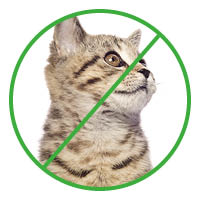
Create An “Animal-Free” Zone
Keep dogs or cats away from the bed—not on it, beside it or underneath it. In fact, the entire bedroom, where we spend one-third of our time, should be only for humans.
Remove Fabrics And Textiles
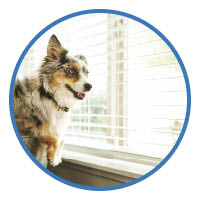
Thick rugs and drapes can trap the dander that can trigger allergic reactions. It’s better to have hardwood floors and window blinds that can be wiped off easily, along with sofas made of leather or with slipcovers that can be washed at 130 degrees Fahrenheit or more. Washable throw rugs are better than ones that can’t be laundered.
Clean Frequently
Vacuum weekly and wear a dust mask when you do, because anytime you clean, you’ll be stirring up allergens. Use a vacuum that has a filter certified as HEPA (High Efficiency Particulate Air)—meaning that unlike regular vacuums, it’ll pick up things you can’t see, like pet dander.
Change Air Filters Often
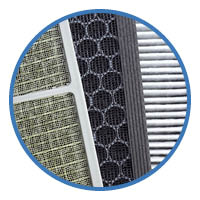
Air filters also come with HEPA certification, which means they’re constructed to trap the tiniest of allergens. Change them at least once every 60 days. To reduce the transfer of particles from one room to another, put a layer of cheesecloth on the air vents.
Bathe Your Pet Weekly
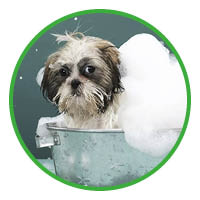
Your pet may not like it, but a bath will help remove layers of dander that can build up on the skin and become trapped in the fur.
Shower Before Bed
Rinsing off at night will keep you from sleeping in whatever pet dander you’ve been exposed to during the day. Be sure to wash your hair, which can act like a mop, attracting and trapping these particles.
Kennel Your Pets In The Car
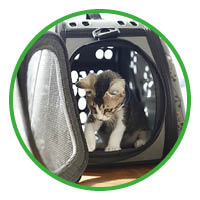
You’re in a contained space together, so a kennel won’t prevent all the airborne dander from traveling from your pet into your lungs, but it might help. Keeping them contained is also a smart thing to do to help prevent distracted driving.
See An Allergist
If your pet allergies inhibit your day-to-day functioning, you may need to see an allergist to find out what treatments may be best for you. The doctor may recommend over-the-counter medications or something more aggressive.
Sniffing around for a lower payment on pet insurance and homeowners or renters insurance? Get quotes now through the GEICO Insurance Agency and see if you could save!
Read more: 8 Tips To Help You Be A Better Pet Parent
By Ellise Pierce

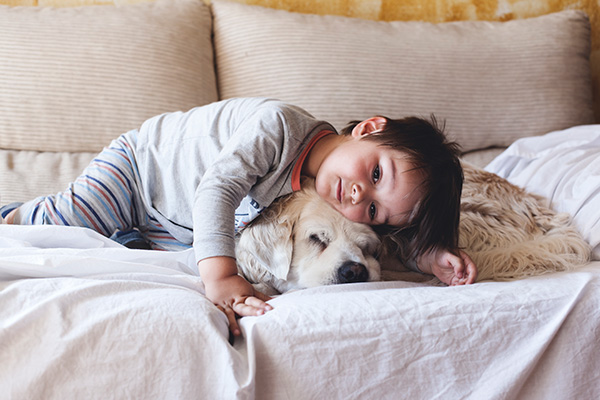

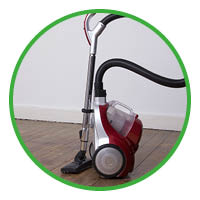
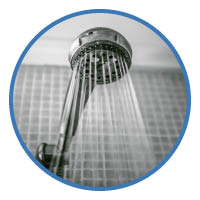
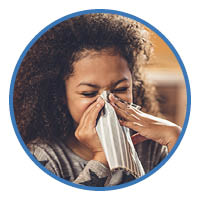

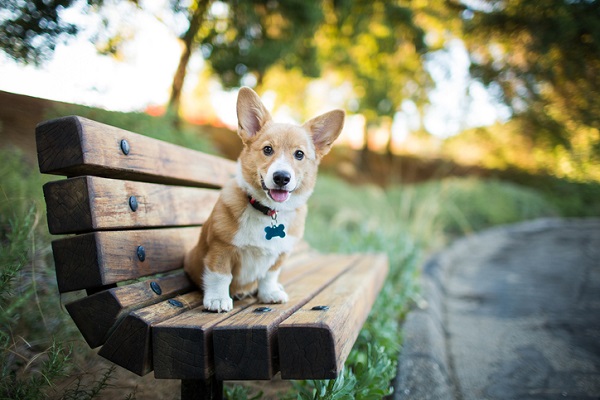

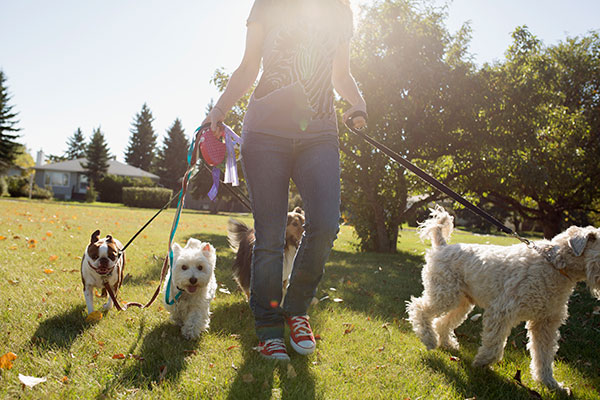

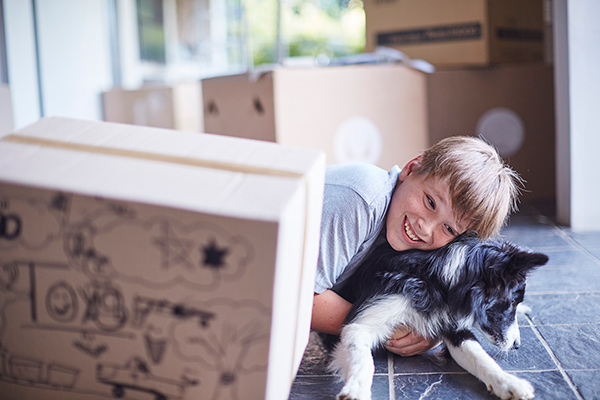

Leave a comment